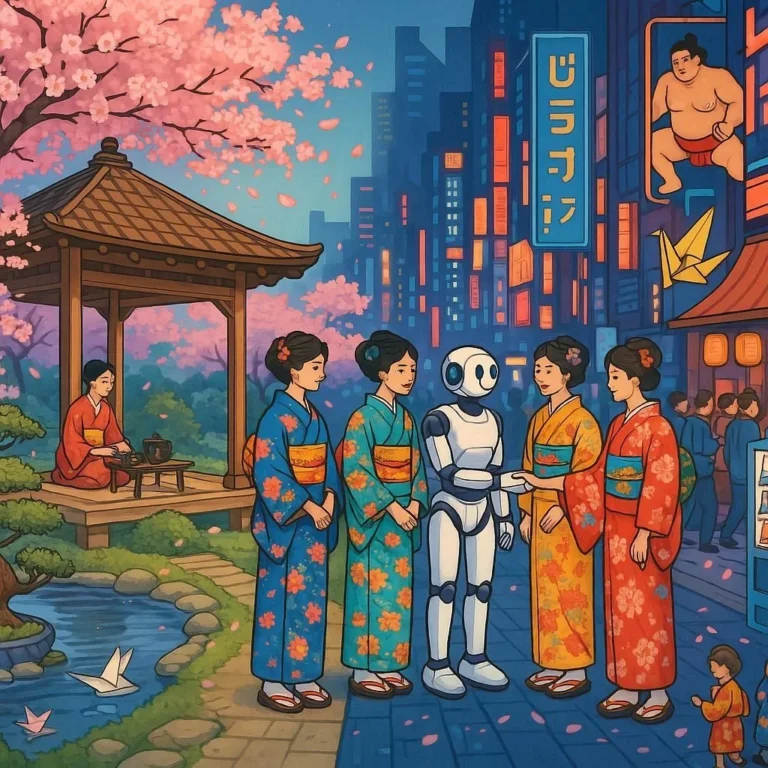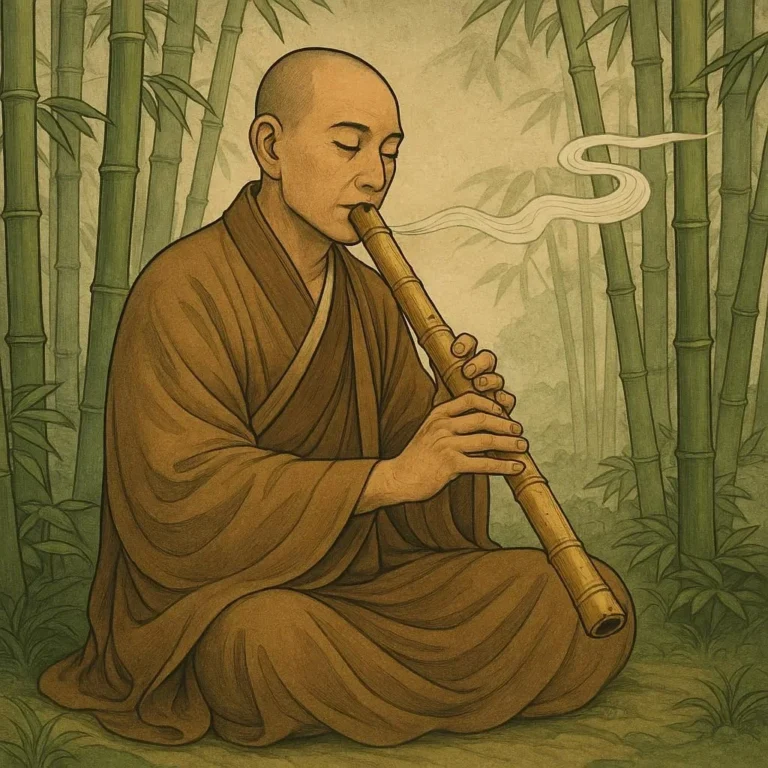507 views The Origins and Evolution of the Yakuza
The Yakuza, one of the most infamous organized crime groups in the world, has a rich and complex history that spans centuries. Originating in Japan, this powerful syndicate has evolved over time, adapting to social, political, and economic changes while maintaining a unique cultural identity. From its humble beginnings as a collection of outcasts and misfits to its current status as a highly structured criminal organization, the Yakuza has left an indelible mark on Japanese society. In this blog post, we will delve into the origins and evolution of the Yakuza, exploring its history, structure, and cultural significance.
The Early Beginnings: The Edo Period (1603-1868)
The Yakuza’s origins can be traced back to the Edo period, a time of relative peace and stability under the rule of the Tokugawa shogunate. During this era, Japan was a feudal society, and the rigid class system left many individuals on the fringes, including merchants, artisans, and outcasts. These outcasts, known as *hinin* (non-human), were often forced to live in poverty and were excluded from mainstream society.
Among these marginalized groups, two distinct types of organizations began to form: the *tekiya* and the *bakuto*. The *tekiya* were itinerant peddlers and entertainers who formed guilds to protect their interests and negotiate with local authorities. These guilds were initially legitimate but eventually evolved into criminal enterprises, engaging in extortion, smuggling, and other illegal activities.
The *bakuto*, on the other hand, were gamblers and speculators who operated illegal gambling dens. These dens became hubs for underworld activities, attracting other outcasts and forming the foundation of what would eventually become the Yakuza. The *bakuto* were known for their honor codes and rituals, which emphasized loyalty, discipline, and respect among members.
The Birth of the Yakuza: The Meiji Period (1868-1912)
The Meiji period marked a significant turning point in Japanese history, as the country transitioned from a feudal society to a modern nation-state. This period of rapid industrialization, urbanization, and political change also saw the rise of organized crime. The Yakuza began to take shape as a cohesive organization during this time, consolidating its power and expanding its influence.
The term “Yakuza” itself is believed to have originated during the Meiji period. The word is derived from the card game *Oicho-Kabu*, a popular game among gamblers in which the worst possible hand is *ya-ku-sa* (8-9-3). Over time, the term came to be associated with those who operated on the margins of society, engaging in illegal activities and living outside the law.
During this period, the Yakuza also adopted many of the traditions and rituals that would come to define the organization. These included the use of tattoos, initiation ceremonies, and a strict hierarchical structure. The Yakuza’s code of conduct, known as *giri* and *ninjo*, emphasized loyalty, honor, and respect among members, creating a sense of brotherhood and shared purpose.
The Golden Age of the Yakuza: The Taisho and Showa Periods (1912-1989)
The early 20th century is often referred to as the “Golden Age” of the Yakuza. During this time, the organization experienced rapid growth and consolidation, becoming a major force in Japanese society. The Yakuza’s power and influence were bolstered by its involvement in various industries, including construction, real estate, and entertainment.
The Yakuza also became known for its involvement in politics and business. Many high-ranking officials and business leaders maintained close ties with the Yakuza, seeking their help in resolving disputes, negotiating contracts, and maintaining order. This relationship was often mutually beneficial, with the Yakuza providing protection and services in exchange for financial support and political protection.
The Yakuza’s cultural impact also grew during this period. The organization was romanticized in literature, film, and media, often portrayed as a bastion of traditional values in a rapidly modernizing society. The Yakuza’s code of honor and loyalty resonated with many Japanese people, who saw the organization as a symbol of resistance against the encroachment of Western values.
The Yakuza in Modern Times: The Heisei and Reiwa Periods (1989-Present)
In recent decades, the Yakuza has faced significant challenges, including increased police crackdowns, changing social attitudes, and the rise of international organized crime. Despite these challenges, the Yakuza remains a powerful and influential force in Japan, with an estimated membership of tens of thousands.
One of the most significant developments in recent years has been the decline of the Yakuza’s traditional industries and the rise of new ones. The construction and real estate industries, which were once mainstays of the Yakuza’s economy, have been hit hard by Japan’s economic downturn. In response, the Yakuza has diversified its operations, becoming involved in everything from financial services to cybercrime.
The Yakuza has also had to contend with the rise of international organized crime, particularly from China and other parts of Asia. These groups have increasingly encroached on the Yakuza’s territory, leading to violent confrontations and a decline in the Yakuza’s overall influence.
Despite these challenges, the Yakuza continues to maintain a strong cultural presence in Japan. The organization’s rituals, traditions, and code of conduct remain intact, and its members are still seen as symbols of a bygone era. However, as Japan continues to modernize and globalize, it remains to be seen whether the Yakuza will be able to adapt and survive in the 21st century.
The Yakuza’s Code and Culture
One of the most fascinating aspects of the Yakuza is its unique code of conduct and cultural practices. The Yakuza’s code, known as *giri* and *ninjo*, is based on the principles of loyalty, honor, and respect. Members are expected to adhere to a strict set of rules and etiquette, with any violations punished severely.
The Yakuza is also known for its elaborate initiation ceremonies and rituals. These include the *sake* sharing ceremony, in which new members are formally inducted into the organization, and the *irezumi* (tattoo) ceremony, in which members receive elaborate tattoos as a symbol of their commitment.
Another important aspect of Yakuza culture is its hierarchical structure. The organization is divided into a strict chain of command, with each member owing loyalty to their immediate superior. The highest-ranking members, known as *oyabun* (fathers), wield significant power and authority, while lower-ranking members, known as *kobun* (children), are expected to show complete deference.
The Yakuza’s Impact on Japanese Society
The Yakuza’s impact on Japanese society is impossible to ignore. While the organization is often associated with crime and violence, it has also played a significant role in shaping Japanese culture and identity. The Yakuza’s code of honor and loyalty has resonated with many Japanese people, who see the organization as a symbol of traditional values in a rapidly changing world.
The Yakuza’s influence extends beyond the criminal underworld, into politics, business, and entertainment. Many high-profile Japanese figures, including businessmen, politicians, and celebrities, have been linked to the Yakuza over the years. While these relationships are often clandestine, they reflect the organization’s deep roots in Japanese society.
The Yakuza’s Challenges and Future Prospects
Despite its long history and cultural significance, the Yakuza faces an uncertain future. Increased police crackdowns, changing social attitudes, and the rise of international organized crime have all taken a toll on the organization. Many experts believe that the Yakuza’s influence will continue to decline in the coming years, as Japan becomes more integrated into the global economy and society.
However, the Yakuza’s ability to adapt and evolve has always been one of its greatest strengths. The organization has survived for centuries by changing with the times, and it is likely that it will continue to do so in the future. Whether the Yakuza can maintain its unique cultural identity while adapting to the challenges of the modern world remains to be seen.
Conclusion
The Yakuza is a fascinating and complex organization with a rich history and cultural significance. From its humble beginnings as a collection of outcasts and misfits to its current status as a powerful criminal syndicate, the Yakuza has left an indelible mark on Japanese society. While the organization faces significant challenges in the modern era, its ability to adapt and evolve ensures that it will remain a significant force in Japan for years to come.
Whether you view the Yakuza as a romanticized symbol of traditional values or a dangerous criminal organization, there is no denying the impact it has had on Japanese history and culture. As Japan continues to navigate the complexities of the 21st century, the Yakuza’s story will undoubtedly remain a compelling and important chapter in the nation’s ongoing narrative.






